updated 8/14/10
I realize my last post was a bit gloomy regarding all the missed opportunities of Microsoft/Sony motion-control catch-up lineups, so here’s a post with a bit more optimism. Microsoft and Sony still have some time to turn things around regarding their motion software, but meanwhile we can get excited about the other games that we learned about at E3. Here are the games from E3 that caught my attention. They include Action, Strategy, Exploration, and both popular and indie Adventure.
First up is El Shaddai from Ignition Entertainment. While the game continues the recent trend of treating judaic mythology with the same absence of reverence greek and asian mythology have enjoyed in videogames for years, it at least clothes the third-person acrobatic combat game in something cleaner than the gothic cathedrals and dusty European villas of Devil May Cry and Bayonetta. Instead the non-canonical book of Enoch takes place in beautiful impressionistic landscapes, like the sunny sunny day below:
The environments are uncommonly gorgeous, but the game mechanics appear somewhat more common. At least you get to wield an absurd lightsaber-batleth-chainsaw!
(Skip to about a minute in if you don’t want to sit though the back story in Japanese)
I’m also interested in how the game appears to switch to a 2D platformer at odd intervals (much like Metroid: Other M). But first, I need to talk about Impressionism a little bit. (Feel free to skip if you aren’t interested in art history)
While there are some people who (even in this modern era) believe that Impressionism was a “vulgarization of painting” or even a step “back and sideways” for the advancement of the art of painting, these misguided individuals are simply unaware that impressionism was a reaction to the advancing field of photography. Up to that point painters had sought more and more realistic depictions of the interplay of light and shadow, the scattering and diffusion of light from different surfaces, and believable representations of the human figure. The transition to unreal use of color and form was a way of saying “look! Here is something that photography cannot create! The human imagination holds greater beauty than the mundane physical world will give you!” Pure realism is only one option out of a multitude of directions that art can take. The personal reinterpretation of reality branches out in far more interesting possibilities. Now with the advancing art of the shader algorithm and hardware that can render increasingly detailed geometry, and further use of laser-scanned actors, we are due for a movement away from realistic visual design in games. I expect more games with more non-representational visual elements in the future (such as the negative-space spheres and radiating lines of El Shaddai’s environments which do not directly represent familiar things like mountains or trees).
The second game in this list marks the return of one of gaming’s original auteurs. (Even the game’s title seems to reference how long it’s been since his last project!) Project Dust directed by Eric Chahi, the sole programmer/composer/writer/artist of Another World, has been compared to Populous, Black & White, and other God games. Considering Chahi’s personal style, I have to wonder if the game will be open-ended like Will Wright’s Sim games, or if it will lean more towards a cinematic and narrative-driven interpretation of the God game genre. While he obviously won’t be playing the part of the factotum this time, I am interested to see what would bring him back to game design after so long an absence.
With any luck, the narrator voice-over of this trailer will not be present in the actual game. (The lack of dialog in Another World was one of its strengths) Note the use of the word “canalize” in that trailer. The word means “to make canals”, which obviously refers to the terrain deformation aspect of the game.
Third on my list is Journey, from the creators of Flower. Journey appears to be the closest to a console version of URU that we are likely to get, and that is definitely something to be excited about. The game appears to be entirely about exploration and analysis, with an archaeological twist. The game even has a multiplayer aspect. As Yeesha would say: “Explore alone. Explore together.” Just look at that desert. All it’s missing is a cleft and some linking books.
Exploring the ruins of a mysterious ancient civilization is one of my favorite hobbies, and I can’t wait for the larger console audience to get a taste of it.
Okay, so El Shaddai, Project Dust, and Journey all just happen to include enormous featureless deserts. Maybe I’ve got a thing for enormous featureless deserts. I’m just glad to see games taking visual cues from something other than war documentaries and pop action flicks. I welcome inspiration from works like Lean’s “Lawrence of Arabia“, Korda’s “The Four Feathers“, or Williams’ “The Thief and the Cobbler“. The more we break up the homogeny of subject matter the better.
Fourth on this list is a game that manages to transform the mechanics of Night Trap into an actual game! Shu Takumi, lead developer on the DS lawyer-adventure series Ace Attorney returns with a new adventure game, with a new game design. Exchanging the “conceptual inventory” of the Ace Attorney series for a more concrete approach, Ghost Trick has the player becoming various items on the stage, and moving them about as a poltergeist. The limitations on how many times the player can switch between possessing different objects adds an element of strategy that is usually absent in adventure games. Personally, I am really excited to play a narrative-driven supernatural version of “The Incredible Machine“.
Fifth.
Wrapping up this list is a love letter to the great adventure games of old. If you have somehow already played every single classic Lucasarts, Sierra, and Revolution Software adventure game, then why not take a look at Gemini Rue by Joshua Nuernberger?
The game has the gravitas of Beneath a Steel Sky, the integrated action-based combat of Indiana Jones and the Fate of the Atlantis, and a plot so hard-boiled and gritty that it becomes difficult to describe with a straight face. The game is about “an ex-assassin who’s a cop who needs to help his brother escape from the mafia” and an “amnesiac prisoner in a futuristic compound who slowly realizes he is being trained for some dark purpose“. It’s so over-the-top that you can’t help but laugh! This labor of love is the work of only two individuals. The art and programming is being done entirely by Joshua Nuernberger, with a score composed by Nathan Allen Pinard. The game looks spectacular, and just as soon as I get around to finishing all the other adventure games of the past still in my backlog, you can bet I’ll be looking to play Gemini Rue.
So there you have it. Those are the five games from E3 that sparked my interest. A cross-platform platformer, a PS3-exclusive strategy game, a PS3-exclusive multiplayer exploration game, a DS strategy adventure game, and a gritty PC noir throwback adventure game. Seems like a pretty fair distribution if you ask me.

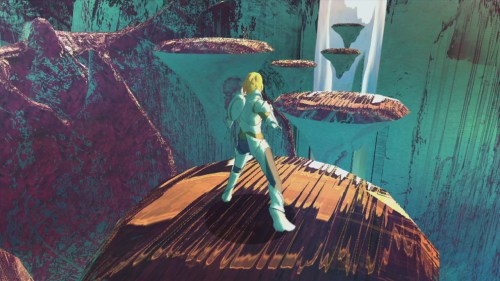
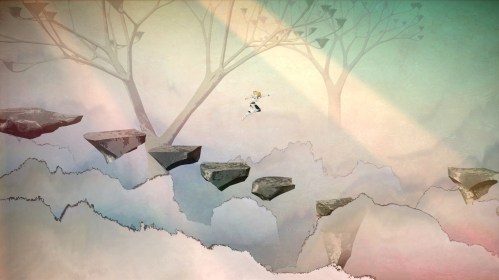
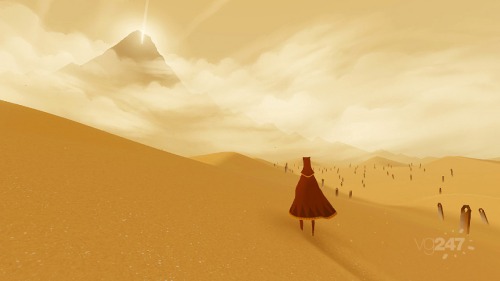
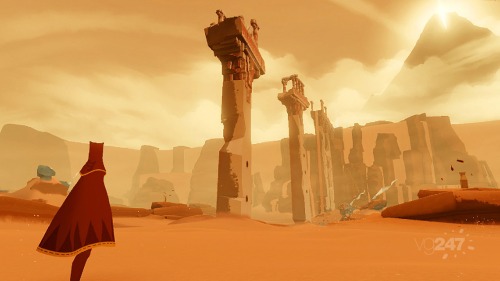
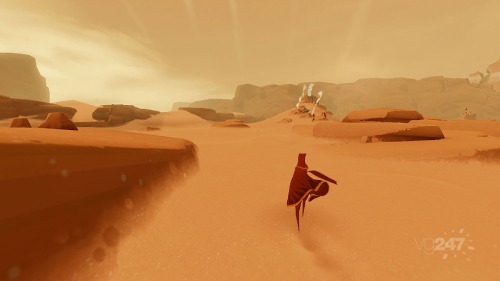
Those are some interesting games, which unfortunately people hardly even heard of(including me). However, I had saw the trailers for Ghost Trick and it looks quite brilliant.
By: Just Another Griffin on July 17, 2010
at 8:48 am
Just offtopic, but will you make a NPD report Seth or answer email just like Sean did? I want to know what your opinion about the sales and what the readers react to you blogs. Now that I think about it whats your email? You didnt say it in your blog since this blog began…
By: yushire on July 20, 2010
at 1:16 am